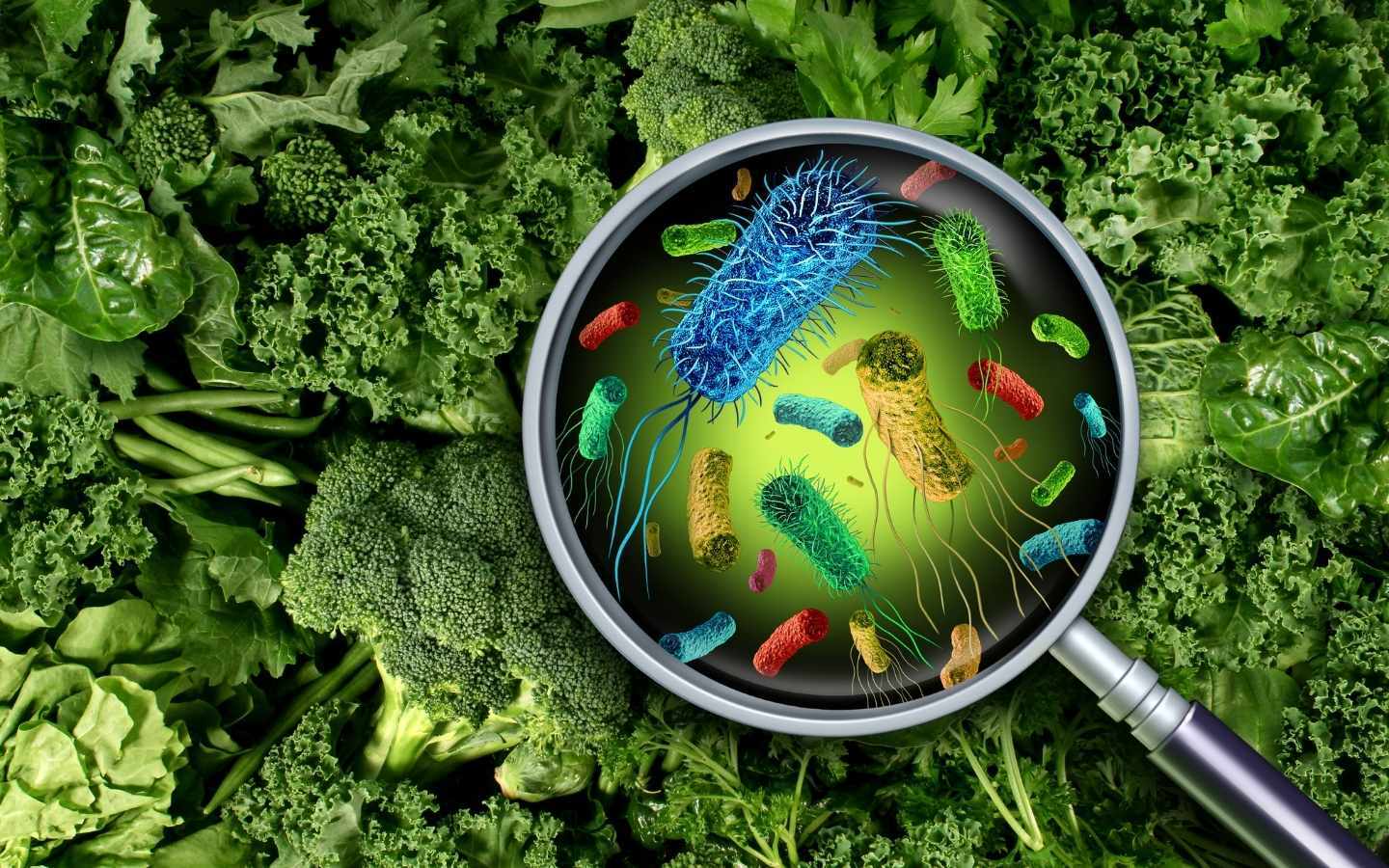The 6 Most Common Food Safety Violations

The 6 Most Common Food Safety Violations and How to Avoid Being That Kitchen
To be frank, no one wants to mess up food safety. But between the dinner rush, the fryer on the fritz, and Callum calling in sick, things can slip. The problem? Auditors don’t care about your kitchen chaos — they care about your compliance (and not giving customers the squits).
So let’s break down the six most common food safety blunders that keep showing up in inspection reports — and more importantly, how to avoid them like last week’s dodgy oysters.
1. Improper food holding temperatures a.k.a. the bacteria buffet
We’re talking about that sketchy chicken sitting in the “danger zone” — not hot enough, not cold enough, and just perfect for bacteria to throw a party.
The fix? Know your numbers. Keep hot foods at 60°C/140°F or above, cold foods at 5°C/41°F or below. Get a reliable thermometer. Better yet, get one that logs temps automatically so no one’s faking it with a pen and wishful thinking.
2. Poor handwashing
This one’s so basic it hurts. And yet, it’s still one of the top violations worldwide. If your staff are skipping the sink between raw meat and prep, congrats — you’re serving up bacteria with a side of liability.
The fix? Make it easy. Sinks need to be accessible, stocked with soap and paper towels, and used constantly. Post signs. Do handwashing drills. Channel your inner drill sergeant if you have to.
3. Cross-contamination: the silent saboteur
Raw chicken on a cutting board that then gets used for lettuce? That’s not just a food safety violation — it’s a salmonella handshake waiting to happen.
The fix? Colour-coded chopping boards. Separate prep stations. Regular training. Regular cleaning. Also, make “no raw meat on salad boards” a mantra. Tattoo it on forearms if necessary.
4. Improper cleaning & sanitising
Wiping down a counter with a dirty cloth is basically just spreading germs around in style. Same goes for cutting corners on your sanitiser mix or skipping your nightly deep clean.
The fix? Use proper sanitising solutions, log your cleaning schedule, and rotate cloths like your life depends on it (because legally, it might). Pro tip: digital checklists make it a whole lot harder to forget.
5. Lack of documentation
If it’s not digitally recorded or written down, it didn’t happen. Your team might be doing everything right, but if you can’t prove it? You might as well not be doing it at all — at least in the eyes of an auditor.
The fix? Ditch the paper checklists from 2003 and go digital. Track temperatures, cleaning, training, pest control, cooking methods, and corrective actions in one place. Bonus: it’ll make your audits way less painful.
6. Improper food handler training
If your team doesn’t know the difference between sanitising and rinsing — or thinks “internal cooking temp” is just a suggestion — you’ve got a ticking time bomb in your kitchen.
The fix? Regular training and understanding your local authority’s food safety regulations is key. Don’t give them a day-one orientation only, but ongoing refreshers too. Make sure everyone knows the why and the how behind food safety. Bonus points if you track your training digitally — because “I think we did that last year?” doesn’t cut it when the auditor asks.
TL;DR: You can’t fake food safety
Look, no kitchen is perfect — but the ones that consistently stay off the naughty list are the ones who build good habits, train like it matters, and actually document what’s going on. And yeah, that’s kind of our thing at Chomp. If you’re still juggling clipboards, paper logs, and post-it notes from five shifts ago, maybe it’s time to see how Chomp can help. Smarter dashboards. Real-time insights. And one less reason to panic when the auditor walks in.
